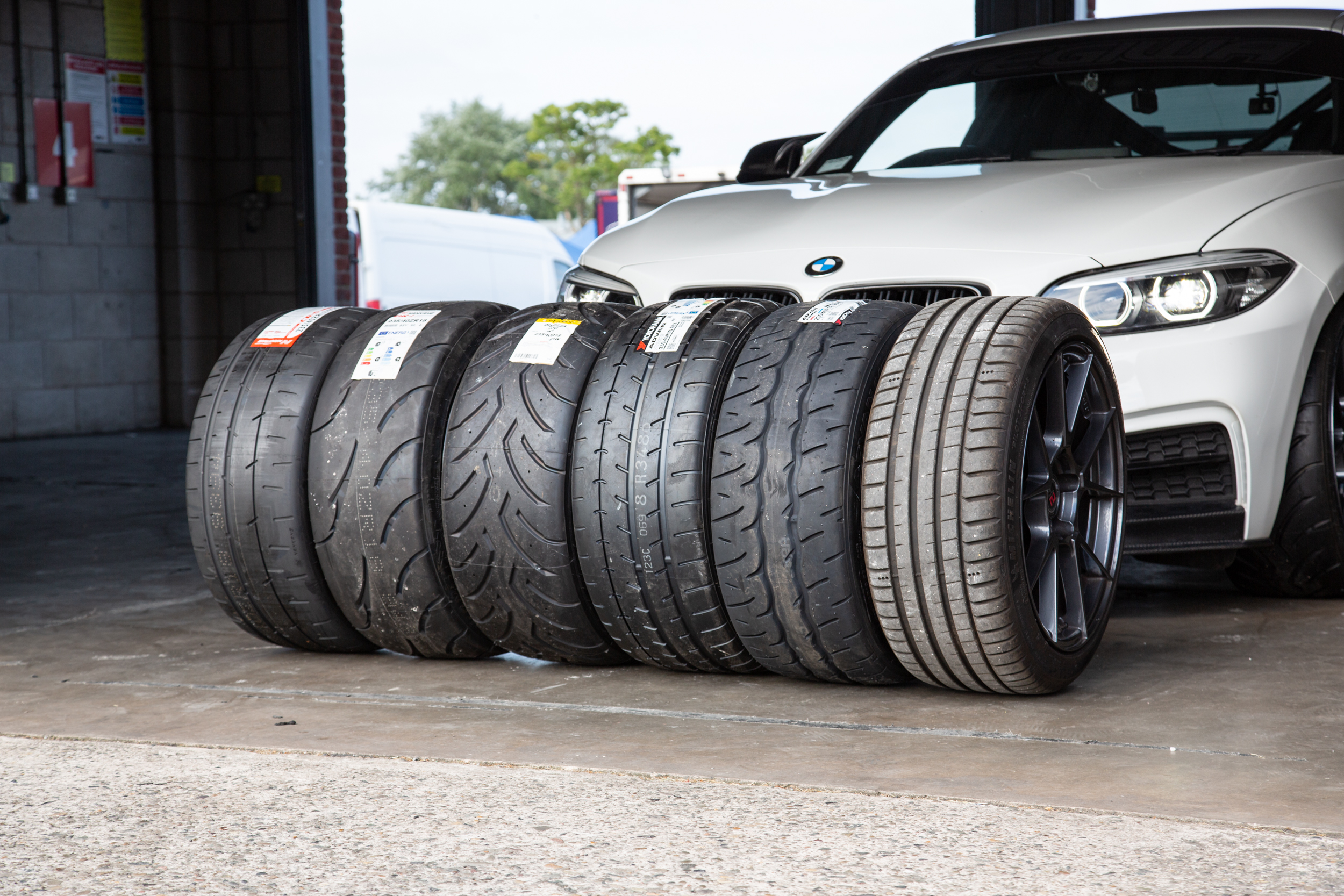All Categories
Featured
Table of Contents
The Michelin supplied a comfortable driving experience, qualified by responsive guiding and a dynamic understeer equilibrium. Despite the cooler testing problems, Michelin's constant time and grasp over three laps suggests its viability for real-world applications.
The tire's first lap was a 2nd slower than the second, directing to a temperature-related hold increase. For everyday usage, the Michelin could be a much safer wager.
Affordable Low-cost Tyres Near Me
It shared Michelin's safe understeer balance but lacked the latter's willingness to turn. Continental and Goodyear's performances were notable, with Continental's brand-new PremiumContact 7 showing a considerable renovation in wet conditions compared to its predecessor, the PC6. This version was far much less delicate to pack changes and behaved just like the Michelin, albeit with a little less interaction at the limit.
It incorporated the risk-free understeer equilibrium of the Michelin and Continental with some stylish handling, verifying both foreseeable and fast. As an all-rounder for this Golf GTI, Goodyear's Asymmetric variety was the standout, demonstrating outstanding performance in the damp. Lastly, the Bridgestone Potenza Sport took the crown as the fastest tyre, albeit by a small margin.
Vehicle drivers looking for an interesting damp drive might find this tyre worth considering. The standout entertainer in damp braking was the latest tyre on examination, the PremiumContact 7, though the outcomes are nuanced.
Performance Tyres
Ideally, we wanted the cold temperature level examination to be at around 5-7C, but logistical hold-ups meant we tested with an ordinary air temperature level of 8C and water at 12C. While this was cooler than basic test conditions, it was still warmer than real-world problems. The cozy temperature test was done at an average of 18C air and 19C water.
The 3rd run included damp stopping tests on worn tyres, especially those machined to 2mm with a tiny confrontation. While we planned to do even more with these used tyres, weather restraints limited our testing. Nevertheless, it deserves keeping in mind that wet braking is most important at the worn state, as tires generally boost in completely dry problems as they put on.

Bridgestone, Goodyear, and Michelin saw the least efficiency reduction when worn. The Hankook tire registered the smallest efficiency decrease as temperatures cooled down, yet it was amongst the most affected when put on.
Leading Cost-effective Car Tyres Near Me – Noranda WA
The take-home message here is that no solitary tire mastered all elements of wet stopping, showing a complicated interaction of aspects affecting tyre efficiency under various problems. There was a standout tire in aquaplaning, the Continental ended up top in both straight and curved aquaplaning, with the Michelin and Goodyear additionally excellent in deeper water.
Yokohama can gain from a little even more grasp, a problem potentially affected by the colder conditions. As for taking care of, all tyres done within a 2% array on the lap, demonstrating their high-grade performance (Vehicle alignment). Thinking about these tyres basically target the exact same client, it's fascinating to observe the significant distinctions in feel.
The shock is since the PremiumContact 6 was one of my favourites for stylish dry drives, yet its successor, the PremiumContact 7, appears much more fully grown and appears like Michelin's performance. Among these, Hankook was the least specific in guiding and communication at the restriction. Cheap tyres. Both Michelin and Continental used wonderful initial guiding, albeit not the fastest
If I were to advise a tyre for a fast lap to an amateur, state my dad, it would be among these. We have the 'enjoyable' tires, namely Yokohama and Bridgestone. Both were swift to steer and really felt sportier than the others, yet the trade-off is an extra lively back side, making them extra challenging to handle.
Honest Cheap Tyres
It supplied comparable guiding to Bridgestone but used far better responses at the restriction and much better grip. The Bridgestone Potenza Sporting activity, nevertheless, appeared to degrade rather swiftly after just three laps on this requiring circuit. Lastly, there's Goodyear, which positioned itself someplace between the enjoyable tyres and those tending towards understeer.
Altogether, these tyres are exceptional performers. For roadway usage, I 'd lean in the direction of either the Michelin or Goodyear, depending upon your certain preferences. In regards to tyre wear, the technique utilised in this examination is what the industry describes as the 'gold standard' of wear. The wear specialists at Dekra conducted this test, which involved a convoy of cars passing through a thoroughly planned route for 12,000 kilometres.
Both the Bridgestone and Yokohama tires dramatically underperformed in comparison to the various other 4 tires in regards to rolling resistance, with Continental slightly outmatching the remainder. Relating to the comfort degree of the tires, as prepared for, many showed an inverse relationship with handling. The Continental, Michelin, and Goodyear tyres done ideal across various surface kinds evaluated.

Bridgestone started to reveal indicators of suppleness, while Yokohama was specifically rough over pockets. We did measure interior noise levels; nonetheless, as is often the case, the outcomes were very closely matched, and due to weather restraints, we were not able to conduct a subjective assessment of the tyres sound. Lastly, we took a look at abrasion numbers, which gauge the amount of tyre walk shed per kilometre, normalised to a one-tonne automobile.
Tyre Shop Services
This figure represents the amount of rubber dirt your tires produce while driving. Michelin led in this classification, generating over 9% less rubber particle issue. On the other hand, Hankook produced 32% more. This is an aspect I believe the industry should concentrate on even more in the future, and it's something Michelin is supporting.
Latest Posts
Best High-quality Tyres – Swan 6054 WA
Top Wheel Alignment Near Me – Yokine
Honest Tyre Installation Near Me